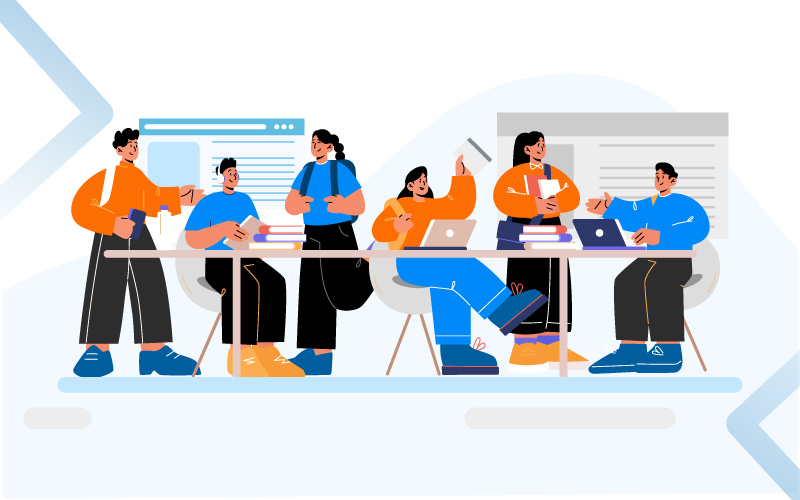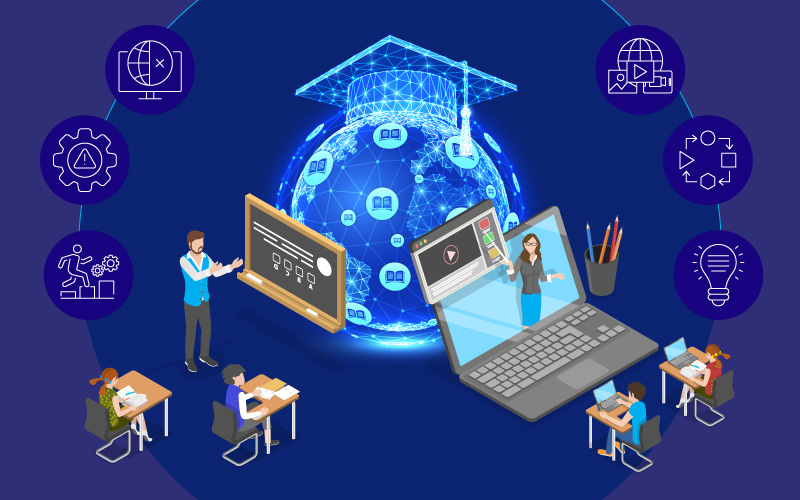Foundations First
Insights on K12 Learning
Foundations First
Insights on K12 Learning
Subscribe to the Blogs
Read our mind loaded with vast experience and deep insight
Recently published Blogs
Powered By EmbedPress
Powered By EmbedPress
Powered By EmbedPress
This website uses cookies to ensure you get the best experience on our website








